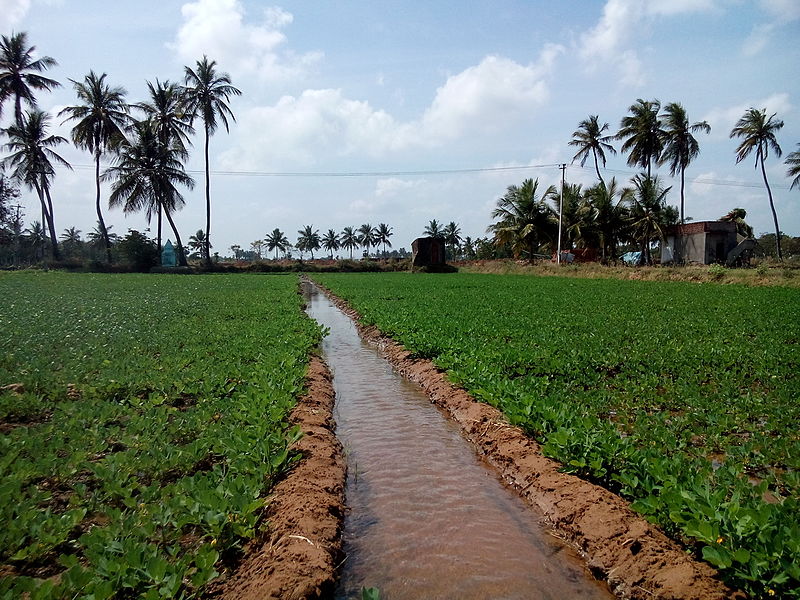Despite healthy water storage levels in major reservoirs, Pakistan’s agriculture sector faces operational challenges that may hamper its output in the upcoming cropping seasons, primarily due to delays in crucial infrastructure development projects for irrigation.
According to the Indus River System Authority (Irsa), the country’s main reservoirs — Tarbela, Mangla, and Chashma — were 99.3% full at the beginning of the Rabi 2025 season, holding 13.217 million acre-feet (MAF) of water against the maximum capacity of 13.316 MAF. This robust water storage could offset some of the agricultural losses caused by the recent floods during the Kharif season.
However, the Water and Power Development Authority’s (Wapda) failure to complete key development projects at Tarbela, including Tunnel-4 (T4), Tunnel-5 (T5), and the Low Level Outlet (LLO) at T4, has created operational hurdles. These delays are hindering the full utilization of the available water resources, making it difficult for Irsa and provincial irrigation departments to efficiently manage water for irrigation.
In response to these challenges, Irsa convened an unannounced meeting of its technical committee on September 29 to discuss water availability estimates for the Rabi season and the upcoming Kharif season. However, no agreement was reached, and the deliberations were kept private.
Irsa has now scheduled a meeting of its advisory committee on October 7 to approve anticipated water availability criteria for the Rabi season and to review the progress of the delayed infrastructure projects.
The completion deadlines for these critical projects have been missed repeatedly. T4 and its LLO were originally due for completion three years ago, while T5 was supposed to be finished by July 2025.
The delayed completion of these projects is expected to have repercussions for the Rabi cropping patterns and could have more severe consequences for the Kharif season, especially due to reduced carryover storage.
Overall, the total storage has already reached 13.217 MAF, which is about 99.3% of the maximum capacity of 13.3 MAF, compared to 11.388 MAF last year. The water requirement for Rabi crops is about 37-38 MAF, and with the carryover from Kharif, the availability is expected to reach around 35-36 MAF, along with river flows over the next six months.
Discover more from Brackly News
Subscribe to get the latest posts sent to your email.



